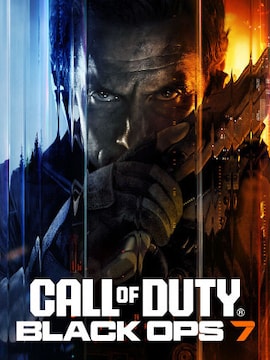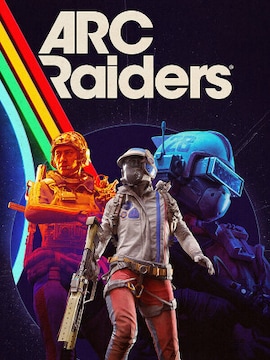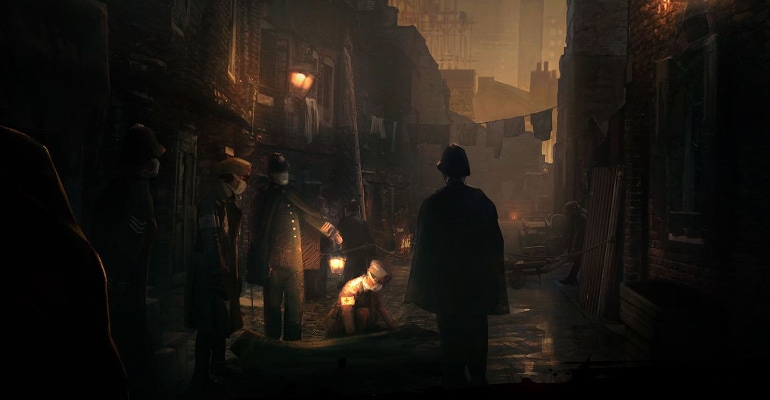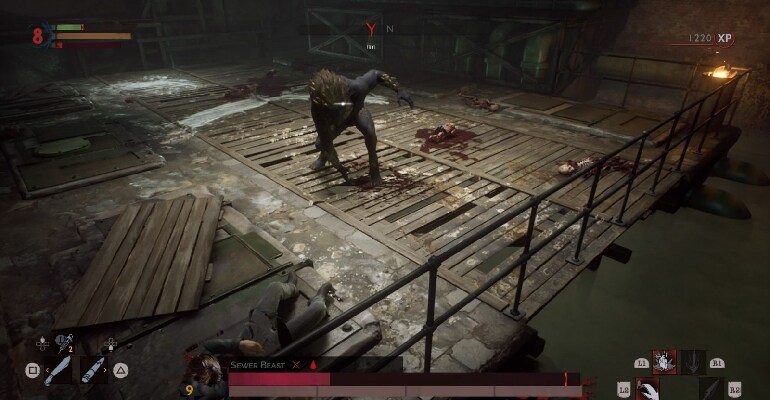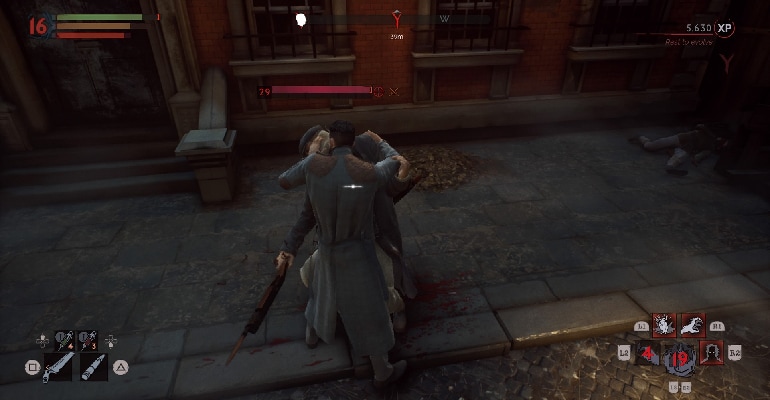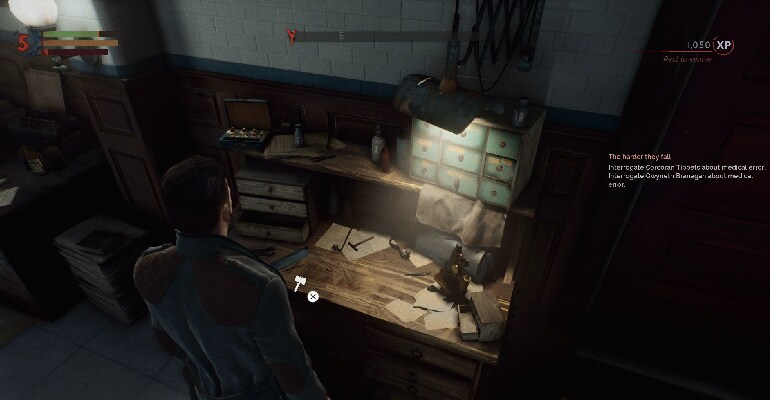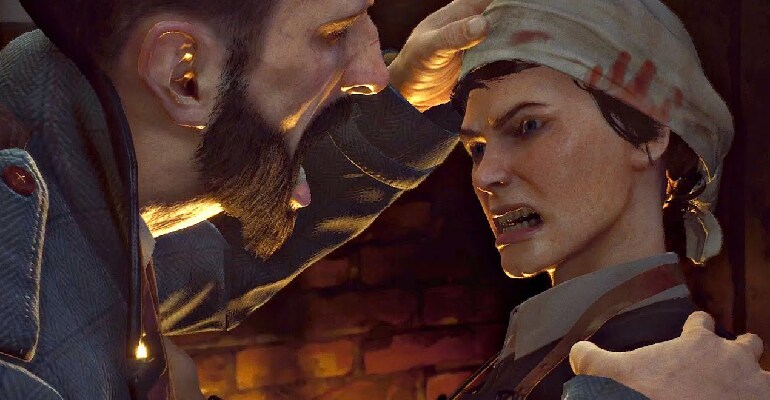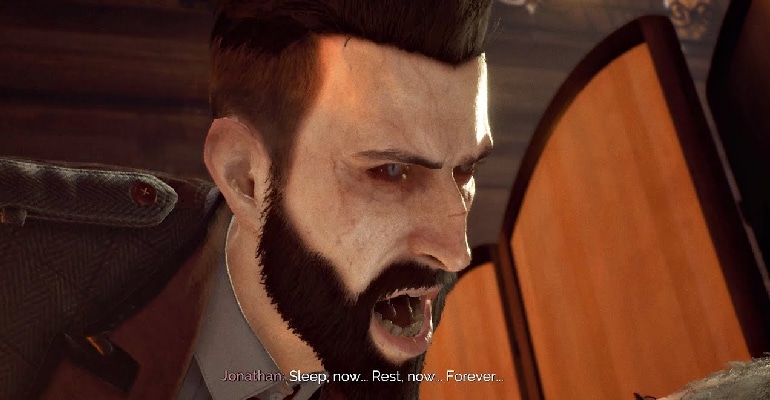After Twilight has done irreparable damage to the reputation of Vampires, 2018 was supposed to be the year Vampires got cool again. There were two linchpins to this one: on the Japanese side Code Vein, a souls-like title. That one was unfortunately pushed back into 2019 (thanks Namco). But the second part of that equation was the Gothic, narrative heavy action RPG Vampyr.
That one has come out and although a bit late to the party, it’s high time for me to get to the dissecting table and see how it fares. Did it make Vampires cool again? Let’s find out together, gang.
The anatomy of atmosphere
Much of what happens in Vampyr circles back to this topic, which is why I’m starting here. Nailing down the atmosphere of a game that attempts to make reviewers unironically use the word “Gothic” to describe it is pretty much the essence of any good game tapping into Vampire mythos—there’s a lot that has to be conveyed to the player on the level of perception and immersion.
Which is why I’m glad to say that Vampyr definitely does this absolutely right—the tall buildings of fog-engulfed London are unwelcoming and majestic, while conversely the streets of the city slums are dirty and dingy. The visual style and color palette is washed out and dark, but evocative of prestige and bombast. The musical score works perfect to compliment the aesthetic, creating a coherent whole that really immerses the player.
~London’s burning, na na na na na!~
This works well with the open sections of the city being downright hostile with both vampiric dregs and human hunters seemingly being on a personal vendetta to get Johnathan Reid. Moreover these will often collide with each other organically reinforcing this notion of London as a city that devolved into war and got completely broken down by rampant disease, and is now teetering on a brink of collapse.
I cannot understate how important this is—Vampyr could fail in every single aspect of design EXCEPT this, because if you cannot do atmosphere in a vampire game, you simply need to get back to the drawing board. This was the crucial thing to do right and Vampyr definitely does this right. That said, it can’t be the only thing your game is riding on. You can’t have just atmosphere in what ostensibly aims to be an action RPG. And that leads me to…
This ain’t no Bloodborne.
Look. Let’s talk combat. I’ll just be painfully clear here: the combat of Vampyr leaves a lot to be desired. It’s not just that it’s easy (although it is), it’s that it suffers from being rather underdeveloped. First of all, throwing an attack feels weightless and floaty but carries you forward a fair amount, often leading to frustration and confusion.
The other problem is that there are options clearly better than others, turning some of them into newb traps while making others superior. Like once you understand how OP guns are and which Vampiric powers are good, you will find out yourself replaying the game in the exact same way again and again, because there’s just no reason not to.
Dos and don’ts of combat design in an action RPG.
In a better-designed game, like say, Bloodborne, you can have playstyles and options that are clearly better than others and still allow suboptimal builds to be fun to play. This is not Bloodborne though, so everything has this “samey” feel to it, except some options are just better than others.
And this wouldn’t necessarily even be a problem if there was, say, a stealth mechanic that allows you to ignore combat altogether. Like in, for example, Dishonored, a game very similar to Vampyr, but one that makes several key design choices differently and benefits from it. This is especially pertinent because Vampyr is weirdly fond of its combat, throwing it at player a lot and dangling stronger powers as a means of having more fun with it and trivializing it. And that in turn leads me to…
The ludonarrative dissonance of Vampyr.
In which I dredge up a scary and often misunderstood term to describe the fundamental conflict between the game’s mechanics and its themes. See, Vampyr ostensibly wants to be a game about a brooding boi, bitten by a vampire and driven to feed on the people of London, cursing his undead existence.
The way the game accomplishes this is by rewarding you with XP for draining the people you’re taking care for as a doctor. More XP mean better powers and easier combat, but it also means people are dying left and right, leading to the “bad ending”. This is straightforward and makes sense—the bad ending is then something of a fun tax. So how does Vampyr screw it up?
Less is more.
Well in two ways. One, by actually making the bad ending more engaging and worthwhile. Yeah, that’s odd, isn’t it? The “good ending” is bland and uninteresting, it turns out the developers really wanted you to embrace your Vampiric identity and walk this thin lie between man and monster. Plus, if you look a bit beneath the surface it turns out the people of London you’re feeding on are complete scumbags, so the moral dilemma is shot to hell then and there.
The other way is by making combat piss-easy and really not fun to engage in. So the concept of rewarding the player by being better at it is shot to hell as well. It’s so easy that you’re never forced to drain people, so you never run the “risk” of getting the bad ending, which is actually the good ending, in the sense that’s narratively rewarding. Are you confused yet? I know I was.
Vampyr would have benefited greatly from a more linear story. In a sense the game is hampered by the desire to give players options, turns out that sometimes giving people freedom paradoxically dilutes the final product and makes the game as a whole, weirdly worse. Had the developers stuck to their idea, this never would have happened and the game would have been better for it.
Did it make Vampires cool again?
Ah, see, that was a trick question. I played all of you, the answer is that Vampires never stopped being cool (as any undead in controlled environment, vampires are typically of room temperature), at least to those of us who care about the mythos of sex monsters drinking blood and being a metaphor for evils of capitalism.
As for Vampyr, despite being confused (and confusing) at times, it’s still a game worth playing. For what it’s worth it draws you in with its great attention to atmosphere and keeps you interested all throughout. It’s not perfect, it has issues, but it’s absolutely a good game.

